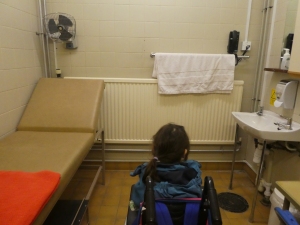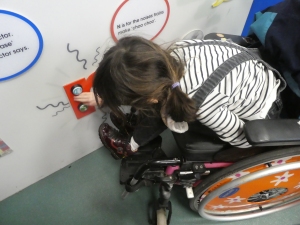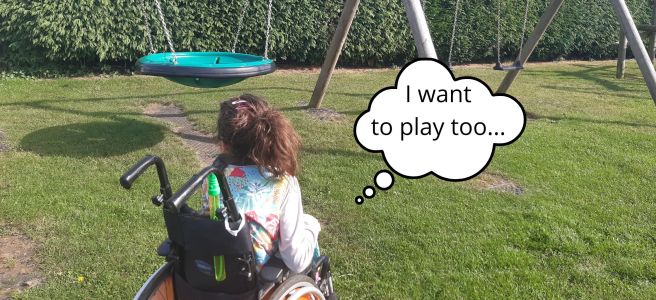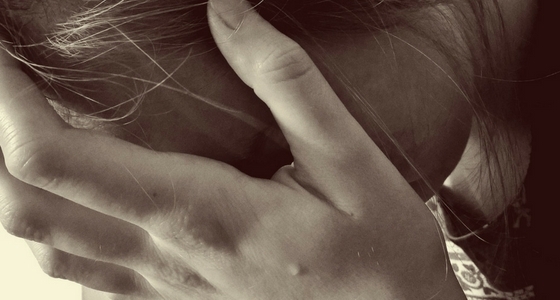T is transport mad. Trains, planes, automobiles, these are the things that make his world a happy place. So when he asked to go to York Railway Museum, and the weather was looking decidedly dodgy as Storm Gareth was still in full swing, we jumped at the opportunity. We visit this place at least once a year anyway, and will hopefully continue to do so in future years..
On arrival we were able to park in the disabled parking bays right next to the main entrance. We made our way in and were given a timetable of events. Entry is free. Our first port of call was to see the train turntable being demonstrated. T loves this, to the extent that when we brought him here to see Tim Peakes spacecraft a year or so back, he had a bit of a wobble as he couldn’t watch a train being turned in a circle, as the spacecraft was there in it’s place… It is an impressive bit of kit, worth the watch. This was in the Great Hall, where all the huge engines are kept including T’s favourite The Mallard, the fastest ever steam train. Also in this area there is ramped wheelchair access into the Bullet Train, an accessible viewpoint of a model railway, and what looks to be a new lift into the ambulance train exhibit.
We spent our time today though flitting between the Great Hall and the Station Hall. This was a slight pain as to get between both you have to go through an underpass which means 2 lifts within a very short distance of each other. I did notice that they have signs stating that they are raising funds to get rid of this underpass area altogether. Wheelchair access around the Halls is good.
We had dinner at the restaurant in the station hall. T had a picnic lunch, we fed E her own meal and myself and Col had food from the menu which was rather nice. There was wheelchair priority seating in this area, it was full on both occasions we used it (I didn’t see any of the said users, in a wheelchair).
After dinner we went to the learning workshop, where we were shown how trains have got faster over the years and what the future may hold. T enjoyed this, with it’s practical demonstrations, E was more intent on spending time rolling about on the floor (she does get fed up of sitting in her wheelchair at times, particularly when we stop!).
Next was the minature railway, this is not wheelchair accessible, we carried E on, and the volunteers took the wheelchair to the exit so that we could get her straight back into her chair at the end.
E now needed changing. There is no Changing Place toilet facility, with loo, adult changing bench & hoist, at the Railway Museum. I have contacted them previously in 2015 and 2016 to explain the importance of Changing Places toilet facilities as 1 in 260 people NEED these facilities to have their toileting needs met (more info here). Previously we have made do with the baby change facility, E is now 9 we can’t do that so much anymore even though she is is small for her age. We asked reception staff where we could go, we were directed to the baby change, when I explained that E was 9 and that wasn’t a suitable option they were rather confused as to what to do.
In one of responses to my previous emails I had been told that we could use the first aid room, so I asked for us to be allowed to do this. The first aid room does have a bench where I changed E, there obviously was no hoist or toilet so I know that this will be of no use to many Changing Places users, but I’m including the information as I know there will be some who can make use of this, as we did. I will however be sending another email with feedback.

There are several standard accessible toilets throughout the museum.
After E was sorted, we went to the play area in the Great Hall. T loved playing with the trains, there was very little for E to engage with, we did find some buttons that when pressed made train noises, these were not at a great height for wheelchair users though and she had to bend low to access them, this was similar for all the activities in this area. Developmentally, physically and cognitively E is not yet at a stage where she could have managed any of the other “hands on” activities around the museum. Currently there is no outdoor play area, I believe there are plans to provide one, I do hope that they take into account that children who use wheelchairs will want to play too!

We decided to go upstairs to the train viewing platform, but after making our way through the collections gallery we found that the lift was not working in this area. If we were somewhere we were not likely to visit again we would have attempted carrying E up and around. I know we will be back here at some point so on this occasion we split up. Col took T to look round upstairs. Myself and E looked around the many artefacts in the collection gallery, and as I’d saved my strength I then took her and carried her over the railway bridge over the Mallard, and then into the wheelchair inaccessible Mallard Experience, which is a train simulator which gave her the giggles. While we still can, we will…
We finally met up, fed E her tea and then back to the car via the museum shop. I know we will be back, and if I continue to send emails then maybe they will finally get the message about the urgent need for a Changing Place facility, as well as prompt them to provide some accessible play!
About us
This is a personal, unpaid review, of our day at the National Railway Museum. E my daughter is a full-time wheelchair user with severe learning disabilities, she is non-verbal. I blog about our experiences in the hope that it raises disability awareness, and will help to improve inclusion for those who follow behind us. An inclusive world is a better world.
















